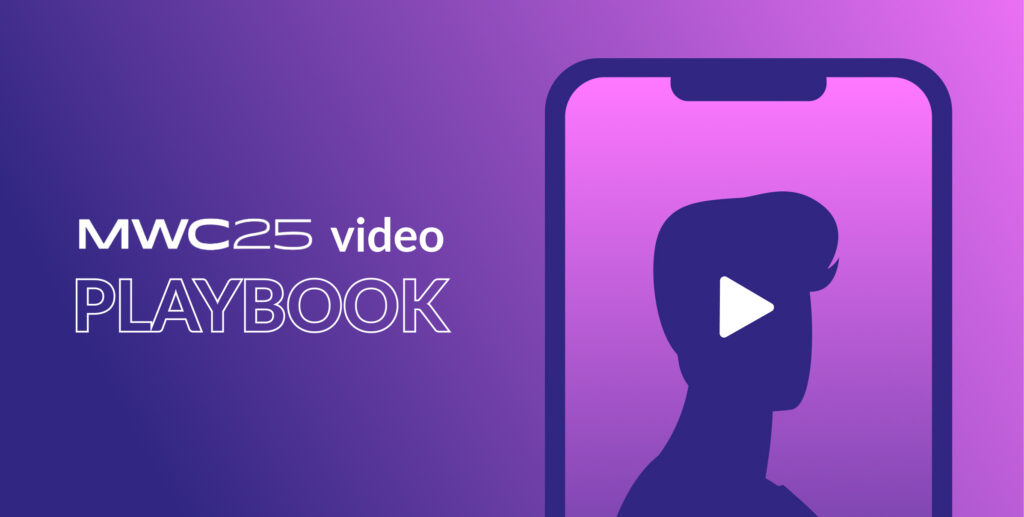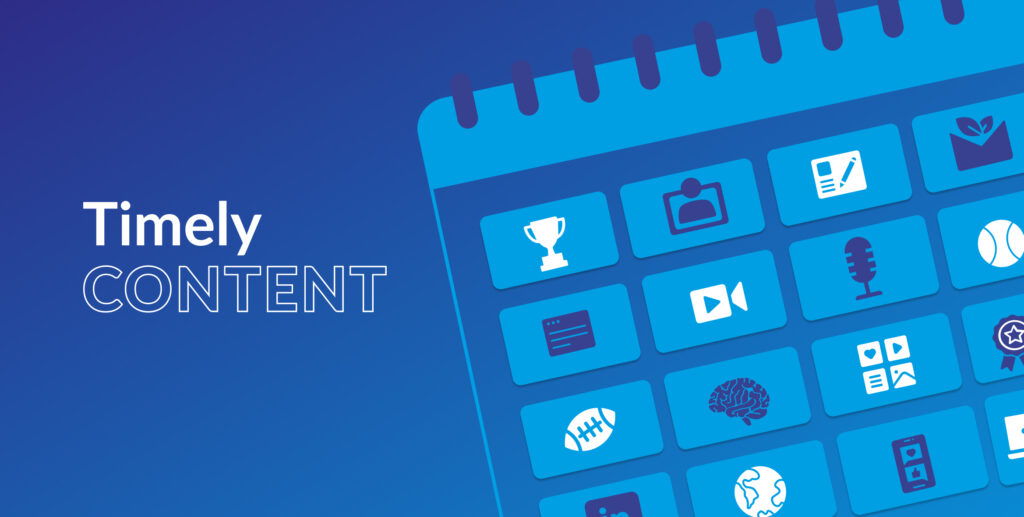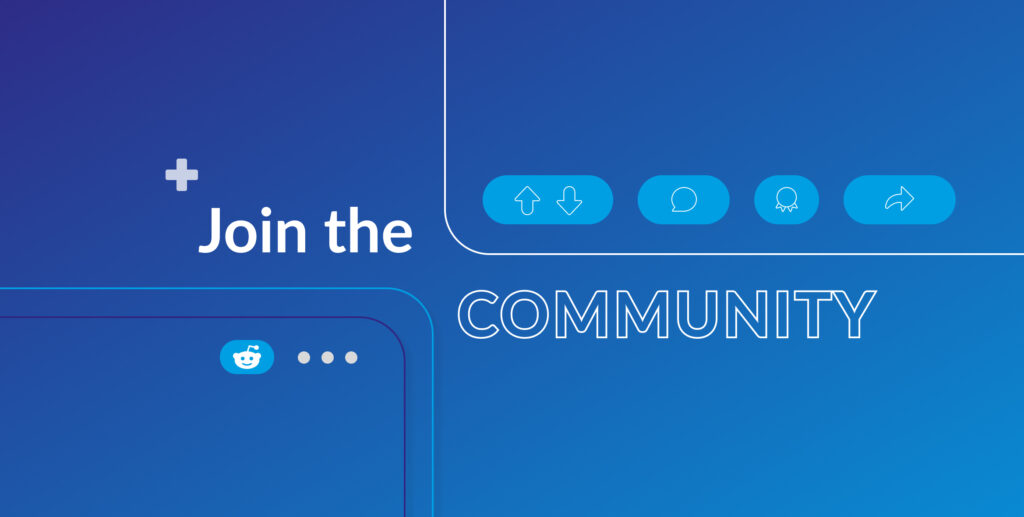The power and global reach of social media is well-established. People and brands alike use it to connect, engage, and share news, trends, their expertise, and more. For B2B companies, a solid social media strategy also offers the opportunity to build brand awareness and an active community, generate, nurture, and convert leads, and more.
That could be why 95% of B2B marketers use social media as a key element of their broader content marketing strategy.
Its inherent ability to yield positive results and impact is what continues to make social media the most common channel used by B2B marketers for paid content distribution, with 85% of B2B marketers using social media advertising and promoted posts. And for those using paid social, LinkedIn advertising is providing the best results.
To get the best value and ROI out of your paid social efforts, there are some do’s and don’ts you can follow.
DO: Understand and use the platforms that will get you the results you are looking for
Each platform offers different benefits and attracts different, unique audiences. The objectives and goals you set for your paid social media strategy will determine which platforms you use.
LinkedIn, as mentioned, leads the B2B social pack and claims a significant portion of marketing spend because it has proven to be effective channel for engaging current customers, driving high-quality traffic to company websites, and bringing in new business.
TikTok, on the other hand, is still a relative newcomer that is punching above its weight because of its ability to enable creative experimentation and expression. Increasingly, it delivers results too. More and more B2B marketers are now using the app, and it is proving adept at reaching new audiences and diversifying the type of content B2B brands produce.
Research shows that TikTok is 1.7 times more likely than other platforms to be used as a tool for product discovery – so why not tap into this growing potential and try a demonstration or a how-to/tips and tricks video to show what your brand can do in a fun and engaging way? You can use it to establish your position as an industry thought leader, as well as shine the spotlight on your capabilities.
The important thing is that no matter what channel you choose, it needs to be backed up by what you are looking to achieve. Tracking data, analytics, and insights against the objectives you have set allows you to assess whether how well your posts are performing with your target audience and optimise your content accordingly. We’ll explore this more in-depth later on.
DON’T: Take an overly promotional approach

In our most recent annual survey of B2B decision-makers, tech buyers confirmed that they are put off by content that is too promotional and will, in fact, reconsider their purchase. Most – 74% – use content to learn about the features and capabilities of the technology. That includes social media, even if its paid.
All of this feeds into knowing your audience and speaking their language, using the right tone and giving them the information they need without making it a hard sales push. Your audience will be able to tell if you’re just using your social media platforms to flog your latest product, and your engagement and interaction rates will suffer as a result.
Rather use a storytelling approach, and show – don’t tell – them why they should invest in your products or services. Luckily, social media is a great vehicle to showcase your company’s capabilities in various, visually stunning ways. Which brings us to our next tip.
DO: Get visual with video
We know that humans are visual beings: images, infographics, videos and more help attract the reader’s attention, get the message across, and drive results effectively. And while the famous saying goes that a picture paints a thousand words, it turns out in the B2B world that a video does significantly more.
Video can, for instance, generate up to 1200% more engagement than text or image content – and drive over 50% higher conversion rates for companies who use it.
The options to create engaging, versatile video content that resonates are endless – from tutorials to explainers. B2B explainer videos are enjoying something of a resurgence in popularity, and we think that’s because of its ability to capture the what and how of the technology in an entertaining, authentic way.
We recently put one together for Verdant Technologies, framing what the company does and explaining how its product works by tying it to the Ice Age using a combination of storytelling, animation, and on-screen text.
DON’T: Forget your own people
There’s a reason it’s called ‘social’ media. Because it’s about people sharing, connecting and engaging – even in the B2B tech world. People respond to and build relationships with other people, not a faceless company. Especially if they feel said company is trying to sell them something.
Not only do posts shared by individuals have greater reach – 561% to be precise – leads are also seven times more likely convert when developed by employees on social media. Powerful stuff, right? So if you can get them on board, your people have the ability to augment the efforts of your paid social media strategy significantly.
Some tips to help you get your people in on the social action – because it needs to be voluntary to be authentic – include:
- Produce relevant, high-quality content that employees want to share.
- Get employee buy-in by involving them in the content creation process.
- Identify social media super-users and incentivise sharing.
- Make sharing simple and quick by using a social media management tool.

DO: Measure performance and results against set goals and metrics
We mentioned it earlier, but can’t stress the importance of this enough: clear goals and performance analysis are the beating heart of a successful paid social media strategy. After all, you can’t figure out if you’re hitting – or surpassing – your objectives if you haven’t explicitly stated what those are.
Whether you’re looking to drive traffic to your website, generate leads, or increase awareness or engagement, there is a metric that can help you measure how you’re doing and optimise your content based on the results.
Some of the most common, and important, metrics you can use are:
- Reach – the unique number of users that have seen your post – and impressions – the total number of users your content was shown to – to gauge how many are seeing your content. Paid ad campaigns allow you to share your posts with the target audience and increase impressions.
- Click-through rate (CTR) to evaluate what content drives traffic and which headlines, messaging, and visuals are most effective.
- Engagement and response rates – such as likes, reactions, shares, comments, direct messages, or mentions on specific topics, trends, and/or brands to track and gather insights on the content your audience enjoys interacting with most and optimise your content and strategies.

Paid social media has proven that it can be highly effective in yielding results for B2B brands. But it can be tricky if you’re only getting started or if you’re looking to overhaul your strategy because it isn’t delivering the value or ROI it should.
If you would like to find out more about Isoline’s expertise and how we can help make your social media strategy work for you, get in touch today on hello@isolinecomms.com.
Like what you just read?
There’s more where that came from. Sign up to our newsletter to get the latest B2B tech news, content marketing insights, tips, tricks, memes, and more, delivered straight into your inbox every month.



